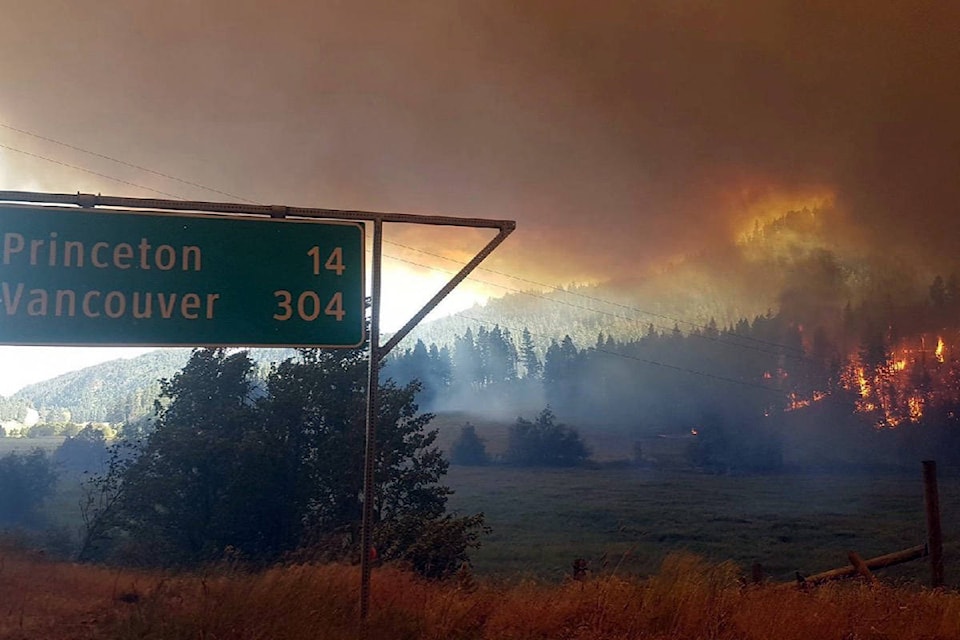Per a report release issued on May 14, the BC Wildfire Service is strongly recommending that the public use extra caution when lighting or disposing of any fire, as well as immediately reporting any smoke or wildfires that they see.
Over the next week, unreasonably hot, dry and windy weather is on the horizon for the entirety of the Prince George Fire Centre region, which includes Fort St. James. Due to these particularly dry and uncommonly windy conditions, the largest forest region in B.C. is especially susceptible to any sort of wildfire.
At the time of its release, the report states that since April 1, 2018, the BC Wildfire Service has responded to 48 fires within the Prince George Fire Centre region, also stating that they believe all of these fires were caused by human efforts.
“These kinds of wildfires are entirely preventable and divert valuable resources from naturally occurring fires, including those sparked by lightning,” says the report.
The BC Wildfire Service’s report continues to urge those who have conducted a Category 2 of Category 3 open burn within the last 12 months to return to the burn site to ensure that the fire was completely extinguished and properly put out. They state that some of the fires that have occurred since April 1 have been caused from burn piles that were not thoroughly extinguished.
A Category 2 fire, as defined by the British Columbia Ministry of Forests, Lands and Natural Resource Operations and BC Wildfire Services, constitutes any open flame that is no larger than two meters high by three meters wide. For stubble and grass burning, the burn area in question must be less than 0.2 hectares.
Further, a fuel break must absolutely be established around any Category 2 burn site. These burn sites also require at least one individual to be fully equipped with a fire fighting hand tool while monitoring the fire at all times, according to BC Wildfire Services.
A Category 3 fire, in which the fire is larger than two meters high and three meters wide, follow all of the same rules. A burn registration number is also mandatory for anyone planning to conduct a large scale burn of this size.
According to the report, there is a Category 2 open burning prohibition in effect for all districts in the Prince George Fire Centre region, which includes Vanderhoof, Fort St. James and Prince George.
Specifically, this ban also prohibits the use of sky lanterns, fireworks, burning barrels and other items such as burn cages and air curtain burners.
This prohibition does not apply to Category 3 fires, campfires, or to any sort of cooking stove that uses propane, gas or briquettes.
“Anyone lighting a campfire must maintain a fireguard by removing flammable debris from around the campfire area, and they must have a hand tool or at least eight litres of water available nearby to properly extinguish the fire,” says the report.
Additionally, as of May 15, Fort Nelson, Fort St. John and Dawson Creek and surrounding areas have all been placed under a high fire risk.
Fort St. James, however, currently sits in a zone with a moderate fire risk, but BC Wildfire Services says that caution is still strongly advised for anyone who plans to have a fire.
Finally, the report states that anyone planning to conduct an open burn must check local conditions and comply with the Wildfire Act and air quality control legislation before going forward with their burn.
To report a wildfire, unattended campfire or open burning violation, please call 1 800 663-5555 toll-free or *5555 on a cellphone.
For further, up-to-date information on current wildfire activity, conditions and prohibitions, call 1 888 3-FOREST (1 888 336-7378) or visit: bcwildfire.ca
